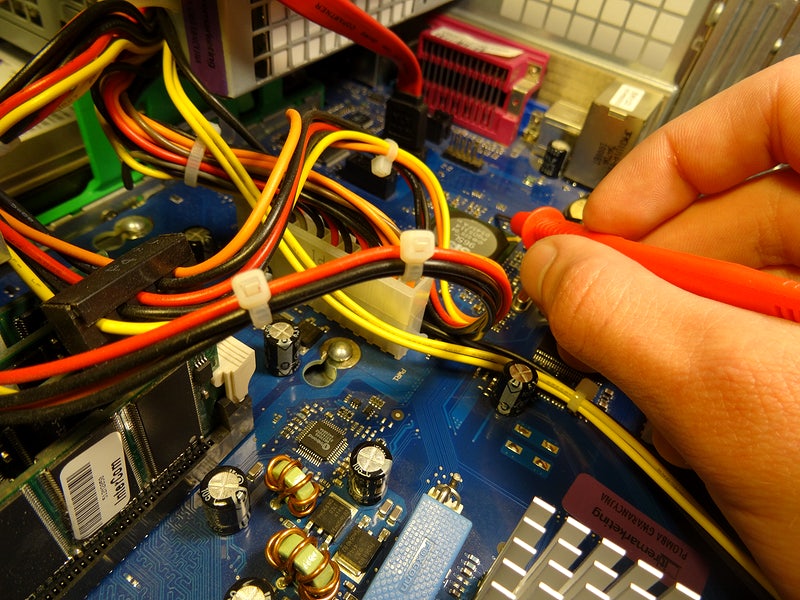Wired for Success: Commercial Electrical Solutions That Shine
Commercial electrical installation is a critical aspect of any business’s infrastructure. Whether you’re setting up a new office, renovating an existing space, or expanding your operations, the quality and reliability of your electrical system are paramount. In this comprehensive guide, we will delve into the essential aspects of commercial electrical installation, covering everything from planning and safety to energy efficiency and maintenance.
- Planning and Design:
A successful commercial electrical installation starts with meticulous planning and design. Consider these key elements:
a. Load Analysis: Determine your electrical load requirements, including lighting, appliances, machinery, and HVAC systems. A thorough load analysis ensures your electrical system can meet your business’s needs.
b. Wiring Layout: Develop a wiring plan that optimizes the flow of electricity throughout your workspace. This layout should minimize voltage drop, reduce interference, and promote safety.
c. Code Compliance: Comply with local electrical codes and regulations. It’s crucial to work with a licensed electrician who is well-versed in local requirements to ensure your installation meets all safety standards.
- Safety Measures:
Safety should always be a top priority in commercial electrical installation. Follow these safety measures to protect your employees and assets:
a. Grounding and Bonding: Proper grounding and bonding reduce the risk of electrical shocks and fires. Ensure that all electrical equipment is grounded as per industry standards.
b. Circuit Protection: Install circuit breakers and fuses to protect your electrical system from overloads and short circuits. These devices can prevent electrical fires and equipment damage.
c. Emergency Systems: Consider installing emergency lighting and backup power sources like generators to ensure your business remains operational during power outages.
- Energy Efficiency:
Incorporating energy-efficient solutions into your commercial electrical installation not only reduces your carbon footprint but can also lower your long-term operating costs. Here are some ways to enhance energy efficiency:
a. LED Lighting: Opt for energy-efficient LED lighting to reduce power consumption and enhance the quality of your workspace’s illumination.
b. Energy Management Systems: Implement smart energy management systems to control and optimize power usage. These systems can help you monitor and adjust energy consumption as needed.
c. Solar Power: If feasible, consider installing solar panels to generate renewable energy and reduce your reliance on the grid.
- Equipment Selection:
Choose the right electrical equipment and components that align with your business’s needs. High-quality equipment not only ensures safety and reliability but also minimizes downtime. Some essential equipment includes:
a. Switchgear: Invest in quality switchgear to control, protect, and isolate electrical circuits in your facility.
b. Distribution Panels: Distribution panels ensure electricity is evenly distributed throughout your space, minimizing voltage fluctuations.
c. Wiring and Conduits: Select the appropriate wiring and conduits to accommodate your load requirements and protect your electrical system from environmental factors.
- Maintenance and Upkeep:
Regular maintenance is vital for the longevity and performance of your electrical system. Schedule routine inspections and maintenance activities to identify and address issues before they become major problems.
